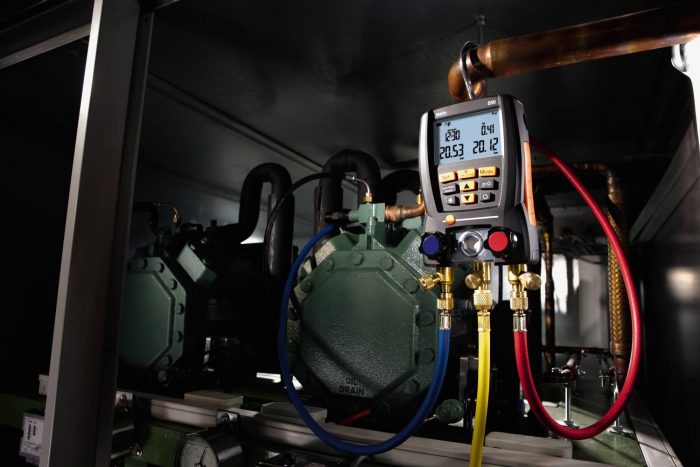Get Tech Tips
Subscribe to free tech tips.
Purge Your Hoses

The title says it all. It should be one of the first things you learn when you started. However, I have seen a lot of experienced techs who seldom (if ever) do it.
When connecting to a tank, purge your hose by cracking the center connection at the manifold for a second.
When connecting to a system, crack each connector for a second and then tighten. (Unless you are using ball valves or low loss of the same refrigerant type.)
Low loss brings up a different subject. If you are using them, you need to make sure not to switch between refrigerants without recovering all the refrigerant from your gauges.
Both air and incorrect refrigerant are not acceptable to add to the system, even in small quantities.
—Bryan











Comments
Is purging necessary if you are simply checking pressure and not opening to the manifold? I’ve been told it is not and that the air in your hoses cannot flow out of your hose and mix with the refrigerant in the system.
Is purging necessary if you are simply checking pressure and not opening to the manifold? I’ve been told it is not and that the air in your hoses cannot flow out of your hose and mix with the refrigerant in the system.
The concern is less about the mixing of air (which is possible if you accidently open your high side to low side) and more so for the amount of moisture that is present in the air that is trapped in your hoses. Remember that moisture migrates and POE oil is hydroscopic. Reducing the risks (purging your hoses) of moisture contamination within the system should always be the standard practice.
The concern is less about the mixing of air (which is possible if you accidently open your high side to low side) and more so for the amount of moisture that is present in the air that is trapped in your hoses. Remember that moisture migrates and POE oil is hydroscopic. Reducing the risks (purging your hoses) of moisture contamination within the system should always be the standard practice.
To leave a comment, you need to log in.
Log In